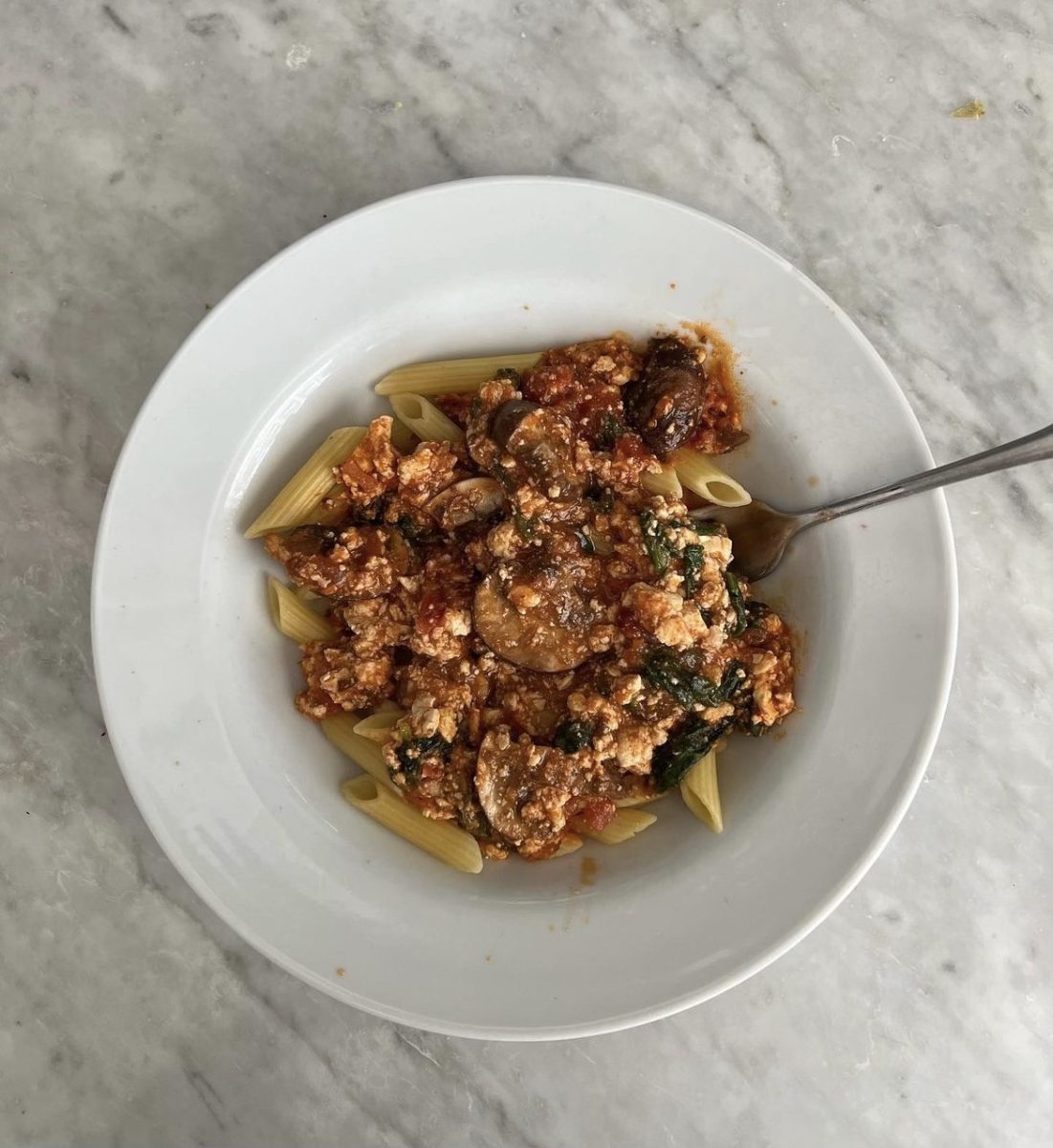Jazz is not dead, and contrary to popular opinion, jazz is not played only in 1920s nightclubs. I listen to jazz while I study, and it is the genre most conducive for effective, sound-enhanced study sessions.
I initially approached jazz as a dedicated listener of classical music. I valued classical music because it was wordless, which allowed me to concentrate on my work, but deep in my subconscious, I was troubled. I was frustrated when I did not recognize the piece, bored if a song restated its theme and fatigued when suffering through beat-less string sections. I realize my specific issues with classical music are not ubiquitous, but each listener can find remedies to her critiques of another genre in jazz.
Jazz’s distinctive improvisation element fixed many of my problems with classical music. Although there is an established beat and tempo––usually from drums or the bassline––piano riffs, saxophone solos and scat singing fit beautifully in with the song’s chord progression and also make the song continually new and not-boring to the listener. It is impossible to predict the melodic pattern of a piece, unlike the chorus in pop or recapitulation in classical music, so jazz redirects energy away from music memorization and toward the memorization that I actually need—namely, for my studies.
I entered the genre without knowing many famous jazz pieces, so I felt no pressure to attempt to recognize any. It is liberating to listen to an album without subconsciously hoping to recognize a song, and because there are no words, there are no words to remember. The jazz album plays in the background for passive stimulation, not active listening.
There are enough sub-genres in jazz that it welcomes listeners from all walks of life. It is important to find favored jazz derivatives to maximize studying efficiency within this most efficient genre. Jazz fusion is for rock and roll concerts, and free jazz is well-suited for listeners who only search for music that breaks rules. My favorite, bebop, is a fast-paced synthesis of older styles and complex meters, but I also enjoy smooth jazz, which is a docile, main-stream blend of jazz and pop.
New jazz converts should start their journeys on Spotify, which offers a great collection of jazz and jazz derivatives to explore. Unequivocally, the best playlist is “Coffee Table Jazz” for reasons that will be made clear after a listen. I also recommend “Pure Mellow Jazz” for a relaxed ambience while reading and “Jazzy Dinner” to accompany a fast-paced, late-night cram. Jazz welcomes every kind of studying and every kind of listener.




